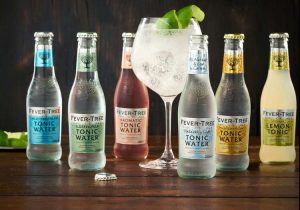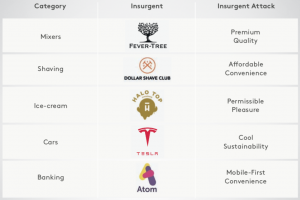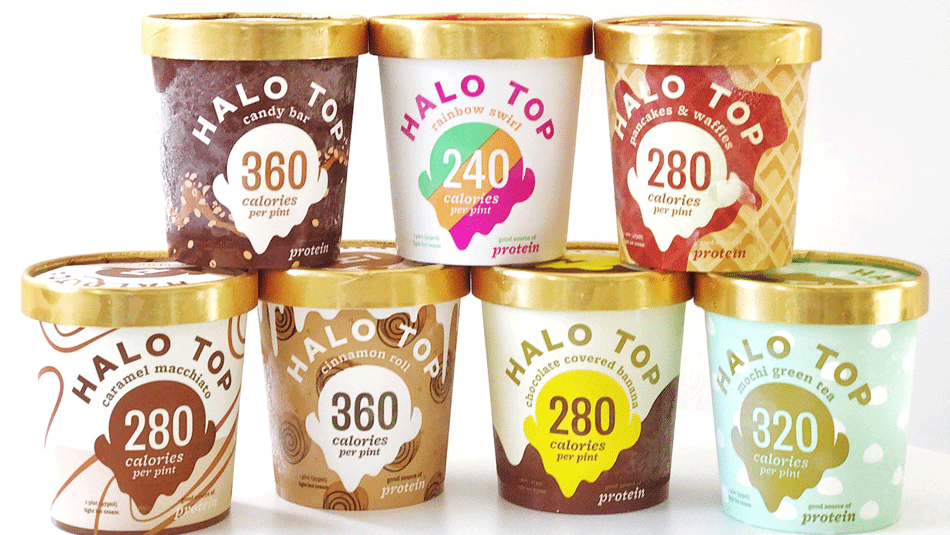Headlines today are full of stories about big brands losing out to smaller, fast growing ‘insurgent brands’; some articles go as far as predicting the demise of big brands altogether. Big brands need to look beyond the hype and hysteria. This starts with understanding how the threat of small insurgents varies by category and country, as we posted on last week.
In this post we look at better understanding the growth drivers of insurgent brands, to inspire an effective response.
A final post will look at how big brands can fight back.
We draw on new research we recently including a global quantitative survey of 100+ senior marketing professionals and research with 800 consumers in France, UK, India and the USA.
If you’d like the full research paper, just drop me a line at david@thebrandgym.com
1. Brand – Simply better
Our research with UK consumers shows that the key drivers of small brand growth are product quality (34%) and naturalness (21%). A distinctive, cooler brand personality is often quoted as critical for small brand growth, but our study suggests this is much less important (9%). Product ‘sausage’ matters more than emotional ‘sizzle’, it seems.
Fever Tree is an excellent example of an insurgent brand built on a distinctive product, as we posted on here.
The brand has achieved annual revenue growth of 60% and a 20-fold increase in share price and is no longer really an insurgent, having matched Schweppes in retail sales. Simple, effective ads emphasise superior quality, with specially sourced ingredients and no artificial sweeteners, preservatives or flavourings and endorsement from leading chefs.

2. Operating model – agile and digital
In terms of operating model, two key drivers stand out when talking to marketing directors.
First, smaller brands are more agile (64%), with simpler structures allowing faster response to emerging trends.
Second, smart use of social media (56%) helps them at launch, although many later move into traditional media to get reach. For example, fast growing cosmetics brand Glossier was built on the back of founder and CEO Emily Weiss’ popular blog, Into the Gloss.
Secondary success factors include easier access to out-sourced production and retail channels, both online (direct to consumer or via online retailers) and also in physical stores looking for new, premium, distinctive brands. There are also many more sources of funding today via venture capital, crowdfunding, accelerator programs and private investors.
3. Be inspired by the insurgents
Small insurgents have delivered a wake-up call to big brands that have become complacent and too focused on cost-cutting. Many companies have followed the cost cutting-focused approach of 3G capital, buyers of Heinz and AB Inbev. This has driven up operating margins, but at the expense of topline growth.
Big brands need to properly assess the insurgent threat in the specific categories and countries where they operate. This threat varies by category and by country, as we discussed in our last post here.
We run ‘Insurgent Attack’ sessions to help brands pro-actively analyse the total consumer experience and highlight new, emerging needs on which insurgents could attack (see examples below). This should include small but fast growing ‘demand spaces’ that can provide a foothold for insurgents to get established, such as gluten-free and organic in food.

In conclusion, small insurgent brands do represent a serious threat, but one that is exaggerated by hype and hysteria. Better understanding the growth drivers of insurgents will help inform and inspire an effective response, a topic we look at in next week’s final post.
If you’d like the full research paper, just drop me a line at david@thebrandgym.com
